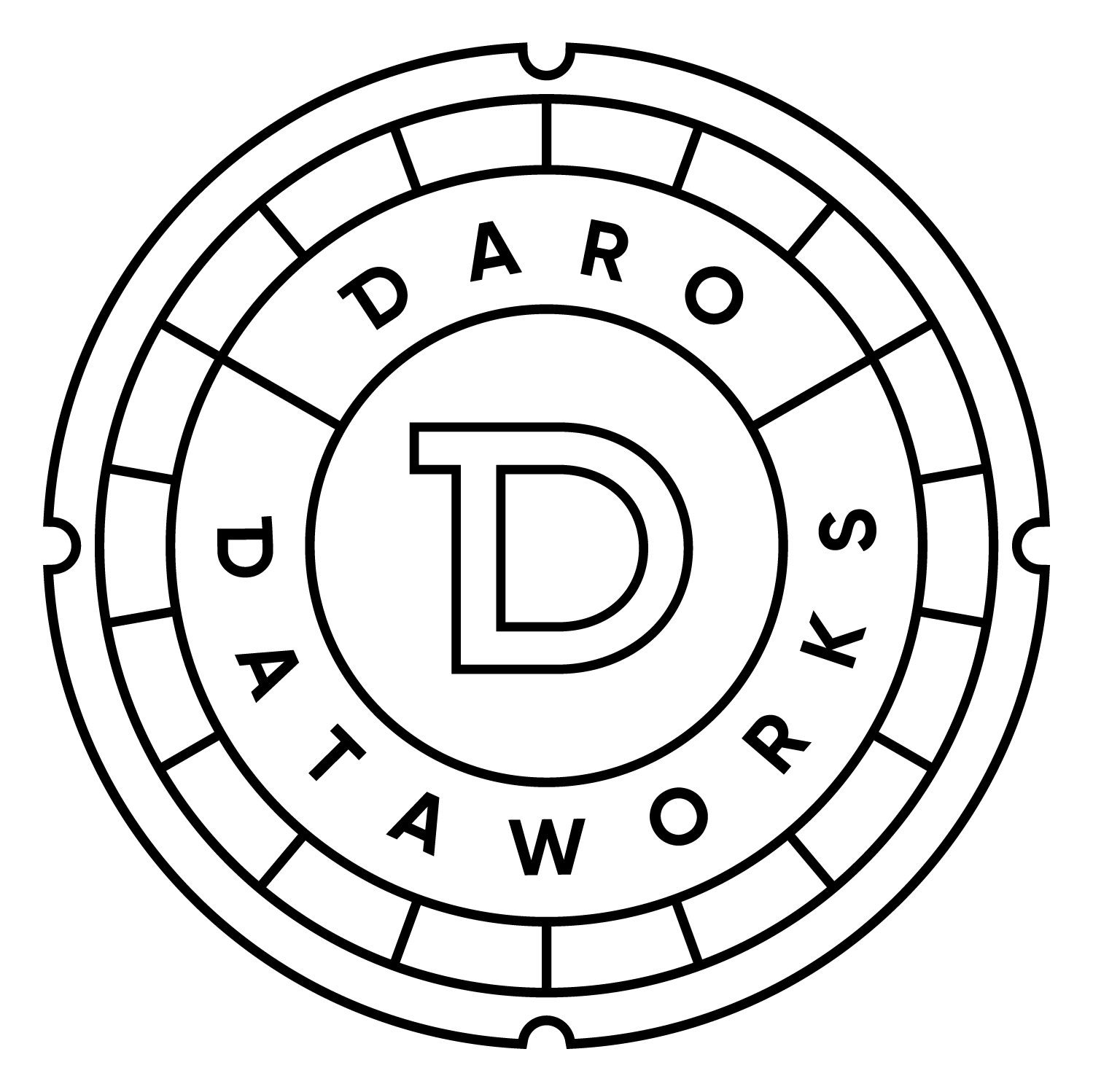Too good to be true
Photo by Jackson Simmer on Unsplash
A Cautionary Tale From Academia
We have a story from the sciences that we think is relevant to our work in the nonprofit sector. This summer Science magazine published the news of edited images in a 2006 study of Alzheimer’s disease. When the study was initially printed, it caused a significant stir in the medical community and created hope for the future of Alzheimer’s research. The news of these doctored images raises concern that millions of dollars and countless hours of research may have been wasted over the past 15 years.
The issue here is not just that this happened; it is that it went unnoticed for so long. Even more shocking is that this occurred in a field where peer review is the standard. We usually think of science as the study of hard, immutable facts, but in reality, research is messier than one would think and these kinds of issues are not uncommon. Concerns about Lesne’s work were raised as early as 2013 on websites like PeerPub, but did not gain substantial attention. The validity of this landmark study flew under the radar for (insert clapping hands emoji here) nearly two decades (and here). This raises concerns about the standards and effectiveness of peer review but also illustrates the actual consequences of failures in that process.
So why is this relevant to the nonprofit sector? Despite being the 5th most cited article on Alzheimer's with 2,277 citations, there was glaring oversight of the study's validity not caught by peer review. In the nonprofit sector, we don't have the systems for assessing validity that they have in the sciences. There is no coordination within our sector to ensure that published data is thoroughly reviewed and flagged for inaccurate (or deceitful) findings. Without these kinds of systems in place, it is hard to know if erroneous conclusions and findings are slipping through the cracks. The failure in Alzheimer's research shows that even with these systems in place, not everything is caught - so we should be worried about what kinds of issues we *aren't* seeing without them in our sector. And, more importantly, we should be worried about the negative but invisible impacts those are having on the people we are meant to be helping with our services.

